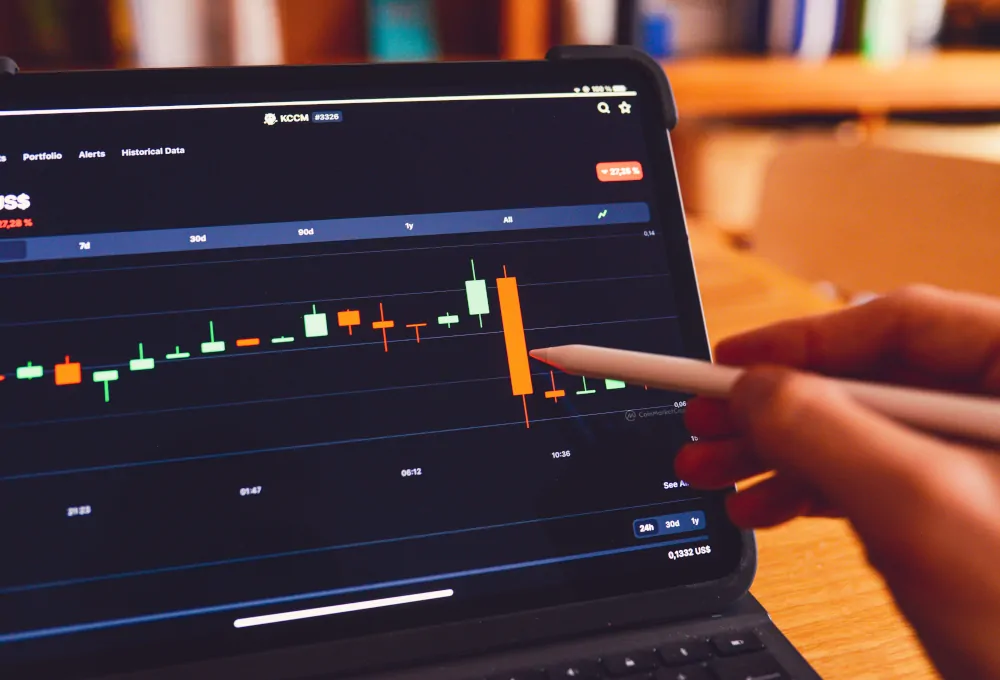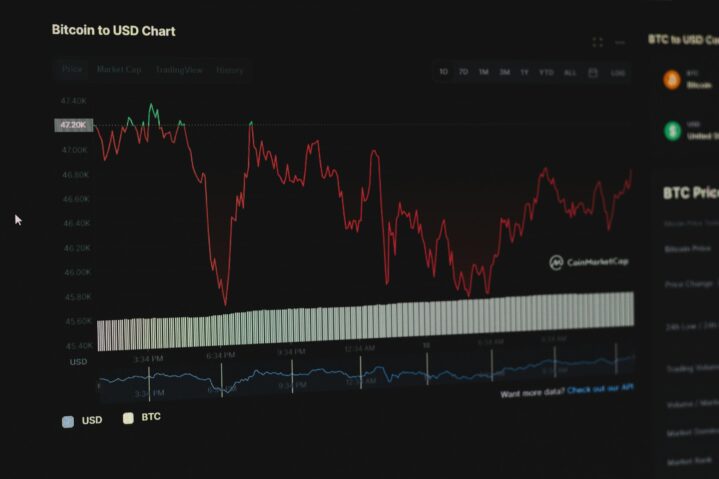In a world increasingly driven by data, predictive analytics has emerged as a transformative force across industries. From consumer behavior forecasting to maintenance scheduling, the power of prediction is no longer confined to academic or scientific circles. It has embedded itself into the core of modern business practices and everyday applications, revolutionizing how decisions are made, risks are assessed, and outcomes are anticipated.
At its essence, predictive analytics refers to the use of data, statistical algorithms, and machine learning techniques to identify the likelihood of future outcomes based on historical data. It offers more than just insight, it offers foresight. The integration of predictive tools in daily life has altered how services are delivered, how products are marketed, and even how personal choices are made. Whether it’s anticipating a customer’s next purchase, predicting traffic congestion, or flagging a potential health risk, predictive analytics has become a silent architect of smarter, faster, and more personalized experiences.
Empowering Modern Careers Through Advanced Education
As predictive analytics becomes embedded in more facets of society, the demand for skilled professionals who can interpret, manage, and deploy these systems has surged. Navigating this evolving landscape requires not only technical acumen but also a deep understanding of data science, machine learning, and human behavior. This has led to a rising interest in educational pathways that prepare individuals for roles at the intersection of data and decision-making.
One such pathway gaining prominence is an online masters in intelligence. This program equips students with the analytical and strategic thinking capabilities necessary to operate within complex data environments. Beyond just technical know-how, it provides a nuanced grasp of intelligence operations, risk assessment, and ethical considerations—foundational components for anyone aiming to lead in sectors where predictive analytics is redefining possibilities. This level of education is no longer optional for those seeking to stay competitive; it’s a strategic investment in a rapidly digitizing world.
Smart Retail and Consumer Insights

Retail has experienced one of the most dramatic transformations due to predictive analytics. In the past, businesses relied on historical sales data and seasonal trends to make inventory and marketing decisions. Today, sophisticated algorithms analyze customer behavior in real-time, tracking patterns across multiple channels, websites, mobile apps, and even in-store purchases.
Predictive models can forecast demand down to the individual product level, allowing retailers to manage stock more efficiently, reduce waste, and improve profitability. Moreover, by understanding customer preferences and anticipating future buying decisions, businesses can tailor their promotions and recommendations. This personalization not only increases conversion rates but also enhances customer loyalty by delivering value in the form of relevant, timely offers.
Healthcare and Preventive Diagnostics
In healthcare, predictive analytics is driving a shift from reactive treatment to proactive care. By analyzing patient histories, genetic information, lifestyle data, and clinical records, predictive models can identify individuals at risk for specific conditions well before symptoms manifest. This early intervention approach allows for timely treatment, significantly improving patient outcomes and reducing the strain on healthcare systems.
Hospitals and clinics are also using predictive analytics to optimize operational efficiency. For instance, models can predict patient admission rates, enabling better staff allocation and resource management.
Finance and Risk Management
In the financial sector, predictive analytics has become integral to fraud detection, credit scoring, and investment forecasting. Banks and institutions now monitor transactions in real time, using predictive algorithms to detect suspicious behavior patterns that may indicate fraud. These systems adapt continuously, learning from new data to improve their accuracy and responsiveness.
Credit scoring, traditionally based on a limited set of variables, has become more dynamic through predictive modeling. Lenders now incorporate a wider range of data, including spending habits and online behavior, to assess creditworthiness more precisely.
Transportation and Traffic Optimization

Transportation systems worldwide are embracing predictive analytics to streamline operations and enhance the commuter experience. Real-time data from GPS devices, traffic cameras, and mobile applications feed predictive models that forecast congestion, estimate arrival times, and suggest alternative routes. These systems empower city planners to design smarter infrastructure and transit schedules based on usage patterns and anticipated surges.
For logistics companies, predictive analytics offers a competitive edge by improving delivery timelines, reducing fuel consumption, and anticipating maintenance needs for fleets.
Personalized Marketing and Customer Engagement
Marketing has evolved from generic messaging to personalized communication, thanks largely to predictive analytics. By analyzing user behavior, preferences, and engagement history, marketers can craft content and offers that resonate deeply with individual consumers. Predictive models help determine the best time to send an email, which product to recommend, and what channel to use for maximum impact.
This level of personalization extends beyond just advertisements. Subscription services, streaming platforms, and news aggregators use predictive analytics to recommend content, improving user satisfaction and retention.
Manufacturing and Predictive Maintenance
In manufacturing, downtime can be incredibly costly. Predictive analytics addresses this challenge through predictive maintenance, a practice where equipment performance data is continuously monitored to foresee mechanical issues before they occur. This not only reduces downtime but also extends the life of machinery and minimizes maintenance costs.
Production schedules also benefit from predictive insights. By forecasting demand and material needs, manufacturers can optimize supply chains, avoid overproduction, and maintain lean inventory.
Cybersecurity and Threat Detection

With cyber threats becoming increasingly sophisticated, traditional security measures are no longer sufficient. Predictive analytics adds a critical layer of defense by identifying vulnerabilities and anticipating breaches before they happen. Systems can analyze patterns of network activity, flag anomalies, and deploy countermeasures in real-time.
This proactive approach allows organizations to stay ahead of attackers, protecting sensitive data and maintaining trust with customers and stakeholders. The use of predictive analytics in cybersecurity also helps in compliance management by ensuring that systems meet the latest regulatory standards and security protocols.
The growing influence of predictive analytics signals a profound shift in how decisions are made across the board. No longer a specialized tool used by data scientists alone, it has become a ubiquitous force shaping industries and individual experiences alike. As algorithms become more refined and datasets more comprehensive, predictive analytics will continue to evolve, offering even deeper insights and more precise foresight.
